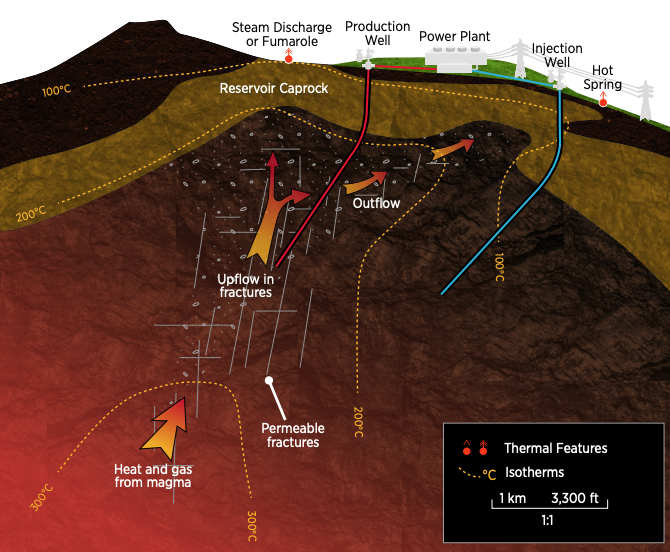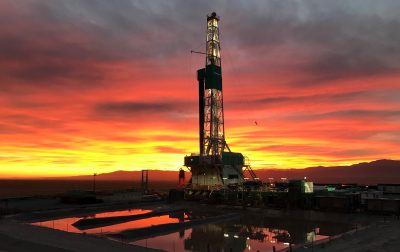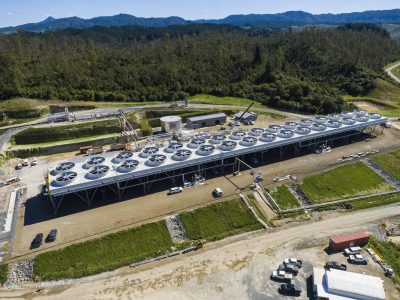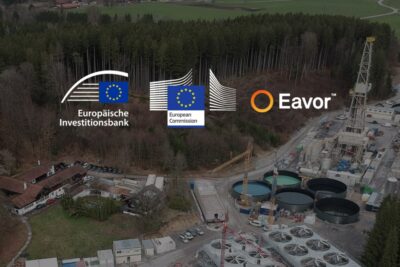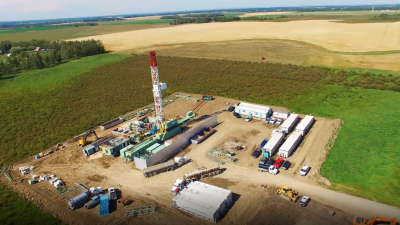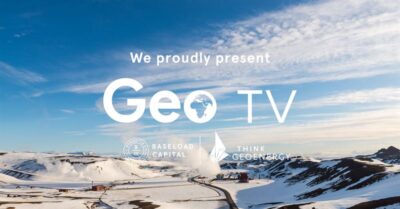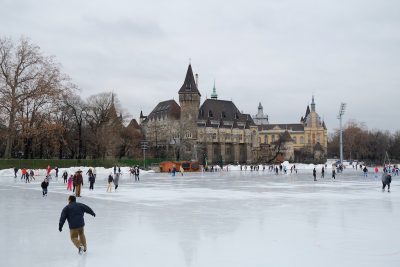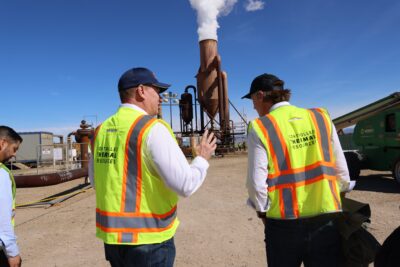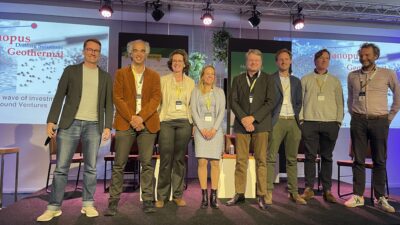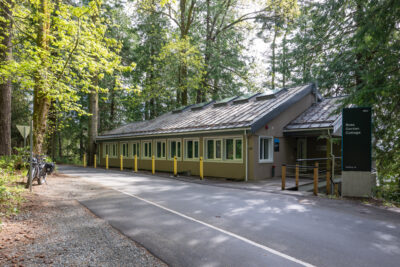$15m in DOE funding for two geothermal R&D projects
The U.S. Department of Energy has announced funding of $15 million a project advancing analysis to identify hidden geothermal resources and one to combine direct use with thermal storage.
The U.S. Department of Energy (DOE) announced up to $15 million for the research and development (R&D) of innovative subsurface geothermal technologies in a release before the weekend. Together, the two projects—selected under the FY 2020 Geothermal Technologies Office’s (GTO) Hydrothermal and Low Temperature Multi-Topic Funding Opportunity—will help drive down costs and risks associated with the discovery of hidden geothermal systems and enhance energy system resilience.
“The projects selected today demonstrate the ways in which the U.S. Department of Energy is pushing the frontiers of science to support our nation’s transition away from traditional fossil fuel based power to a fully clean grid by 2035,” said Kelly Speakes-Backman, Acting Assistant Secretary for Energy Efficiency and Renewable Energy at the U.S. Department of Energy. “Developing new and more efficient methods of identifying geothermal resources for power, heating, cooling, and storage will accelerate our path toward a clean energy economy and include Americans from fossil-based regions in this transition.”
The projects selected include:
Exploration R&D: Hidden Geothermal Systems in the Basin and Range
Advancing Geothermal Play Fairway Analysis to Identify and Assess Hidden Geothermal Energy Resources in the Basin and Range, USA
Sandia National Laboratories will identify potential geothermal targets via innovative helicopter-based electromagnetic surveys, then further explore these targets with surface magnetotelluric surveys. Critical data recovered during this reconnaissance will build subsurface pictures useful to geothermal drillers as they explore for geothermal energy in the Western United States.
“Our national labs are at the forefront of developing the renewable and carbon-free energy technologies that will power our future. I’m proud to see Sandia National Labs lead the way in research and development of innovative subsurface geothermal technologies. I will continue to support substantial investments like this in game-changing energy solutions,” said U.S. Senator Martin Heinrich.
Bi-directional Energy Storage Using Low Temperature Geothermal Applications
Analysis of Geothermal Deep Direct-Use Combined with Reservoir Thermal Energy Storage on the West Virginia University Campus-Morgantown, WV
West Virginia University (WVU) will build on its previously conducted feasibility study exploring year-round deep-direct use heating and cooling on campus as it charts a course toward the 2027 planned closure of the existing coal-fired cogeneration plant that supplies steam for the WVU campus. In this new phase, WVU will drill an exploratory well with a full logging and coring program critical to developing the resource under the campus and evaluate shallow reservoirs for energy storage. Additionally, WVU will engineer and design the surface plant and conduct technoeconomic analyses of individual building demands and requirements.
As identified in DOE’s GeoVision study, improved technologies in these areas could help increase geothermal power generation nearly 26-fold by 2050—reaching 60 gigawatts of always-on, baseload energy capacity—and enhance direct-use heating and cooling solutions for military installations, hospital complexes, and U.S. homes and businesses.
Source: DOE
